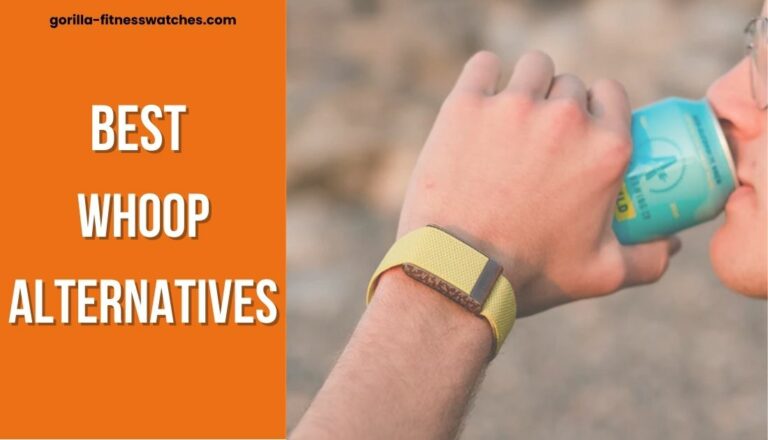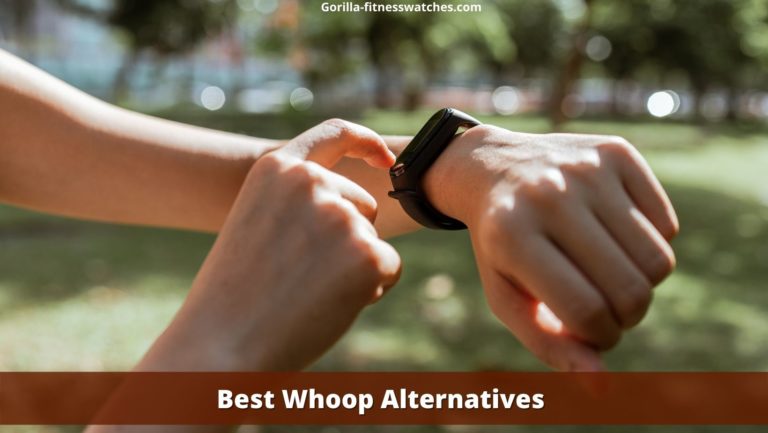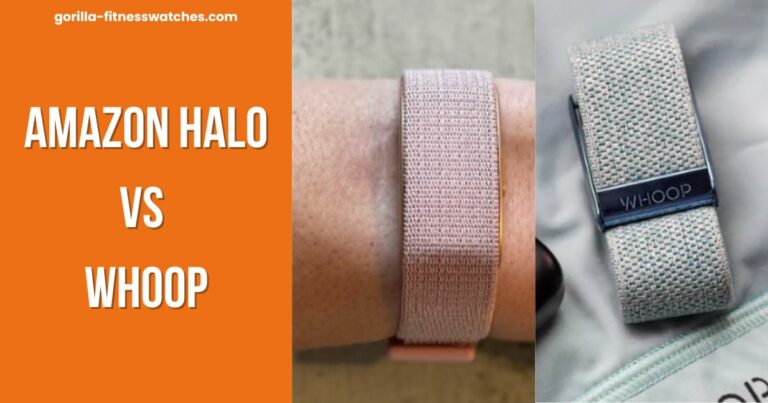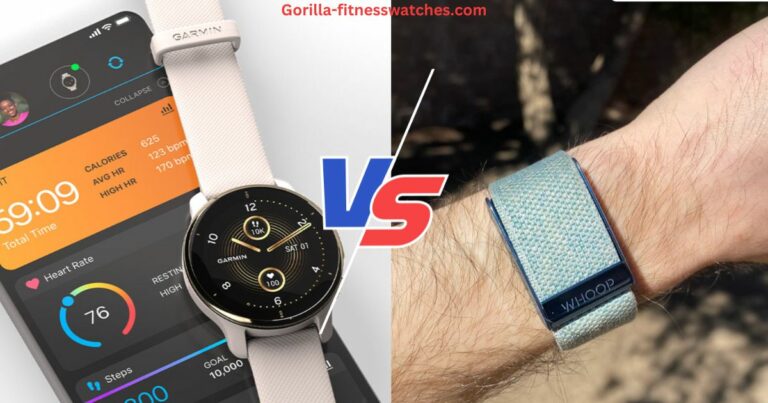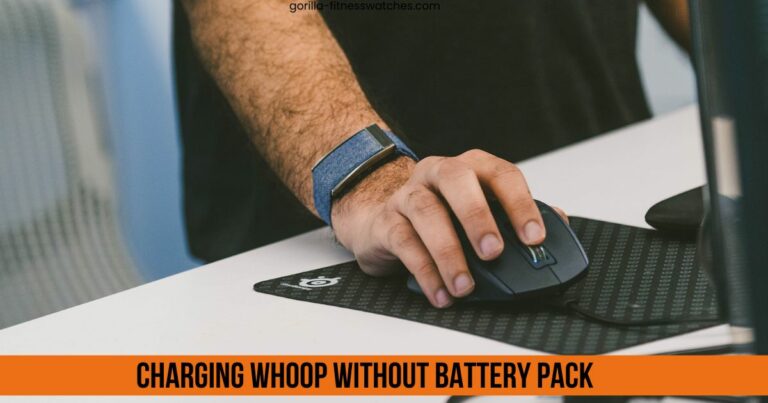How Accurate Are Whoop Calories | All to Know Now
Nowadays, the fitness industry has blessed us with many health and fitness devices that can even calculate our calories. Whoop is among the top health wearables, but is it accurate in calculating calories?
To begin with, Whoop has two latest variants, Whoop 3.0 and 4.0, with calorie count features. Whoop claims these computations to be accurate, but is it dependable?
Admittedly, this fitness tracker can track your calorie count quite accurately, but there is a major barrier that it can’t get over. In addition, there is a process by which it calibrates the calories burnt, consumed or used in an inactive state.
How Accurate are Whoop calories
Whoop is one of the most accurate wrist-worn calorie tracking devices, using Photoplethysmography (PPG) sensors and an accelerometer. This fitness tracker uses these advanced heart rate sensors to track calories through changes in the state of the body and heart rate.
Such changes occur due to changes in Basal metabolic rate (BMR), digestion and physical activities, and Whoop’s sensors detect these to calculate calorie changes.
But, as a wearable wrist device, it can access limited data to produce better output.
The most competent calorie-tracking fitness wearables are not wrist wearables. Such fitness trackers cover the mouth or nose and estimate the calorie changes through the gaseous exchange.
How Whoop Calculates Calories?
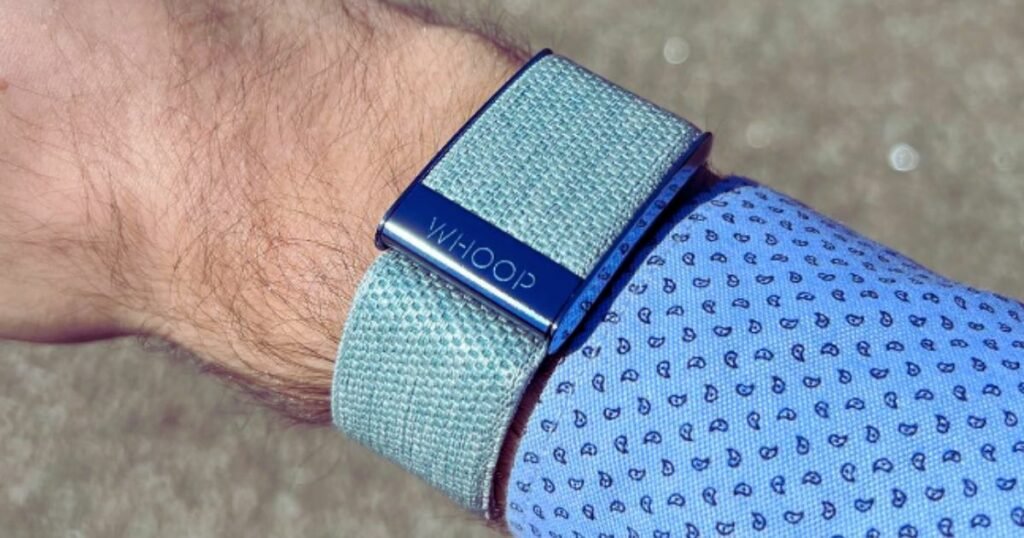
The arithmetic evaluation of calories in this fitness wearable is based on 3 ways we burn calories. These three ways are also the challenges that this fitness tracker has to face or keep in the account to improve its calorie calculations.
Everything we eat and drink is a source of energy for our bodies. Some fuel or energy is essential for proper functioning of anything from cars to planes and from one living creature to another.
To begin with, Calorie is the unit of energy for living organisms, and whoop accurately tracks the calorie consumption and usage of our body.
The 3 ways we burn calories which Whoop has to keep track of are calorie consumption for vitality, digestion, and engagement.
Calorie Consumption for Vitality, Digestion, and Engagement
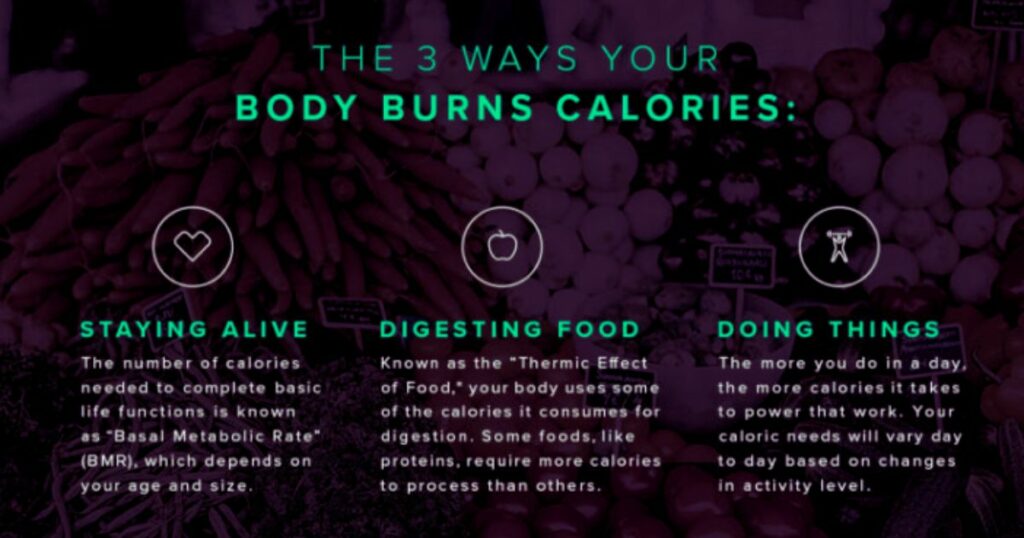
Human bodies need calories to sustain life. Essential life functions like maintaining breathing and heart rate requires calories to continue. Basal Metabolic Rate (BMR) measures the calorie expenditure of such vital life tasks.
Calculating basal metabolic rate (BMR) is a function that this fitness tracker has to take on.
In addition, the digestion of food in the human body requires calories, and this energy expenditure is the thermic effect of food. The digestion process is complex as it involves ingestion and mechanical and chemical labor to completely break down the food particles.
The algorithm of Whoop wearable also needs to keep the thermic effect of food in check for precise evaluation of calorie consumption.
Above all, every aerobic, anaerobic, or even both activity that you engage in depletes the calories stored in your body. This ideology is essential to reducing, gaining, or maintaining your weight.
This health and fitness wearable must keep tabs on such undertakings to improve its efficiency in calorie consumption analysis. How does Whoop analyze or even predict calorie reduction in these three ways?
What Whoop Calories Mean | How Calorie Matrix Works
For the most part, whoop estimates your calorie consumption based on your height, weight, and heart rate. The height and weight of a user’s body don’t vary much, but the heart rate does.
Heart rate varies greatly in basal metabolic rate, digestion process, and physical activities.
Basal Metabolic Rate (BMR) and the Thermic Effect of Food (Digestion)
To begin with, Whoop measures the basal metabolic rate (BMR) through the Harris-Benedict equation. This method uses height, weight, and biological gender to measure basal metabolic rate (BMR).
To improve the efficiency of such measurements, you have to keep your height and weight updated on the app. If the input calories are more than you expend, you’ll gain weight; if you put less in and dissipate more, you’ll lose mass.
The athletic professionals of this modern age try to maintain their weight by consuming the same calories as they spend. But they must determine the number of calories they intake, and Whoop estimates that.
The highest error level allowed in nutritional facts of calories of any product is 20 percent, as stated by the Food and Drug Authority of the USA (FDA). If you consume a dessert of 1000 calories (just for instance), you might be taking in 1200 calories. That’s 200 calories more than you thought!
Whoop avoids such an error in the calorie value of the food product you digest by computing it through heart rate. But there are weight-loss-specific fitness trackers as well.
Active Calorie Burn
As Whoop is a wrist wearable so it measures the calories burnt through heart rate or, to be specific, heart rate variability (HRV). The most efficient method to do this was developed in 2005 in South Africa.
First, this method was only suitable for exercises conducted at an intensity of 57%, 77%, and 90 percent of maximum heart rate (HR). It had an accuracy of 73.4 percent of variance due to energy expenditure.
To clarify, if you engage in a workout that can burn around 1000 calories, you expend this number of calories. But this fitness wearable will estimate the calorie expense to be around 734 to 1266 calories.
Major Barrier | How Accurate Whoop Calories Burned Are
Whoop is a wearable fitness tracker on the wrist; hence, it limits the amount of efficient data it can use. All the health and fitness wearables provide estimates, not actual values, including this fitness tracker.
Indirect calorimetry is the most proficient way to measure calories burnt in physical activity. This process measures the amount of Oxygen utilized and Carbon dioxide produced during any exercise through a device worn on the nose or mouth.
Whoop is a wearable fitness tracker on the wrist; hence, it limits the amount of efficient data it can use. All the health and fitness wearables provide estimates, not actual values, including this fitness tracker.
Wrap Up
Whoop does provide accurate calorie count and is one of the most accurate calorie matrix trackers in wrist-worn health and fitness devices. But as with alternative fitness wearable devices, these are approximations and inaccurate data. These guesstimates have errors and uncertainties, and their output might need to be more efficient.
This health and fitness monitoring device is accurate compared to most other wrist-worn trackers, but it could be more precise. This fitness wearable offers guesstimates with errors and uncertainties, and their output might need to be more efficient.
If you are data-specific when measuring calories, opt for a fitness tracker with indirect calorimetry. You can trust Whoop in calorie count, but you should realize that the output provided is close in precision.
So, for the specific analysis of calories consumed or burnt, Whoop is not the best option among all tracking devices for Calorie count.
Related Post: IS WHOOP 4.0 WATERPROOF

